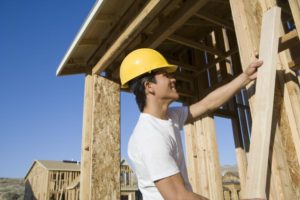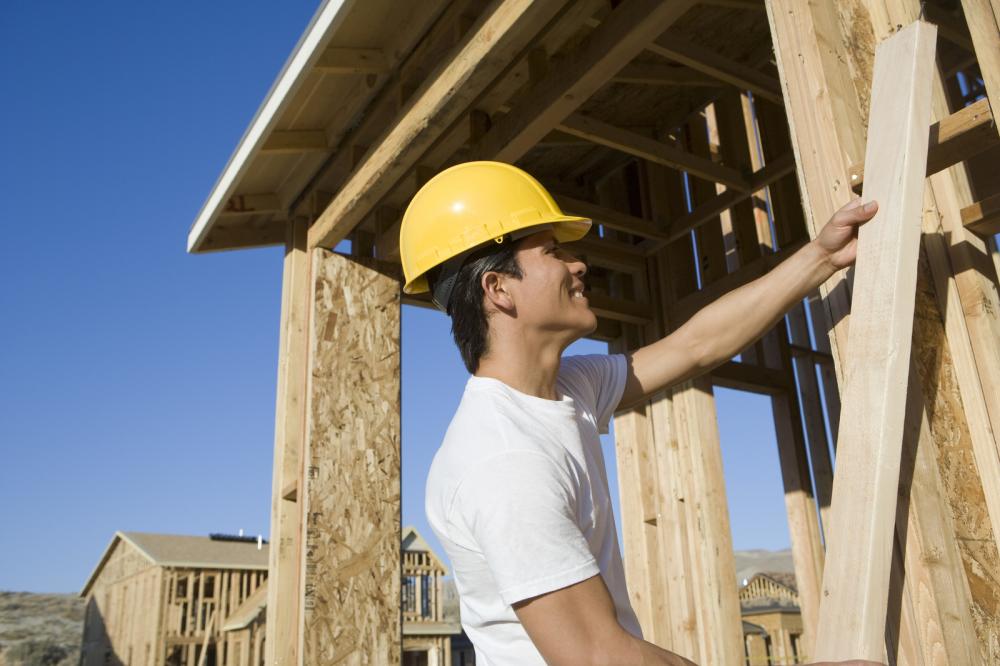 It may be record rainfall, hurricanes, floods, or gale-force winds. Any of the standard natural disasters that can hit South Florida can have a major impact on a construction project. Disasters often cause projects to be delayed, and if damage or delays occur, the project can end up costing more.
It may be record rainfall, hurricanes, floods, or gale-force winds. Any of the standard natural disasters that can hit South Florida can have a major impact on a construction project. Disasters often cause projects to be delayed, and if damage or delays occur, the project can end up costing more.
Getting a construction project back on track after a natural disaster is a multi-step process. It starts with a strong emergency action plan and includes careful evaluation of the damage and strong communication with everyone involved to get everything cleaned up and everyone back to work.
Have an Emergency Plan in Place
The U.S. Occupational Safety and Health Administration encourages emergency action plans. Our goal with our plan is to organize the actions for our team (and everyone working with us) during a disaster or emergency. By developing this go-to process for each project, we can reduce level of damage to the site (as well as reducing insurance costs, thereby shrinking our clients’ costs).
We take the layout, structural features, and emergency systems into account for each project site. Next, we assign team members to supervise and coordinate specific required actions and verify that everyone is safe and the site is secure.
Evaluate the Damage
Once it’s safe to return to the site, we immediately undertake an inspection to determine what (if any) damage occurred. Regardless of the state of development the project is in, we start the inspection with the aspects that are most exposed to the elements.
Once that inspection is completed, we assess any and all internal aspects. We don’t limit it to those that are most likely to have been damaged, but rather anything that could have been affected. Understanding the full scope of any damage will help determine the next steps for the project.
Reassess the Project
Once damage is completely identified, we adjust the timeline for the project. In the abstract, this is simple: we push back the original timeline based on what repairs we need to make. In reality, it’s much more complicated. Depending on the severity of the storm, certain specialists (such as electricians) may be in high-demand across South Florida. We need to balance catering to their availability and ensuring that, in the end, the project will have no lasting impact from the storm. At the same time, we need to mitigate any additional costs for the construction and costs associated with the delay in finishing the project.
Get Back to Work
Part of getting back to work on the project will most likely involve some kind of restoration. Typically, all damage needs to be repaired before we can resume regular construction.
Our efforts to secure the site before the disaster enables us to get back to the timeline right away. This can mean that we over-prepare for a coming storm that, in the end, melts away and becomes a non-event. But we’ve been around for too long and seen how natural disasters can kill a project in South Florida if the storm prep isn’t done right. And we’d always rather lose a day or two on the construction schedule just in case rather than allow for the possibility of a months-long delay.
When working with any project manager or general contractor, be sure to ask about their emergency action plans during pre-construction planning. At Seacoast Construction, this is a vital part of all of our projects even for those not being done during hurricane season.
We can help you with your project. Give us a call at 786-433-8740 to schedule a consultation.
- test :


